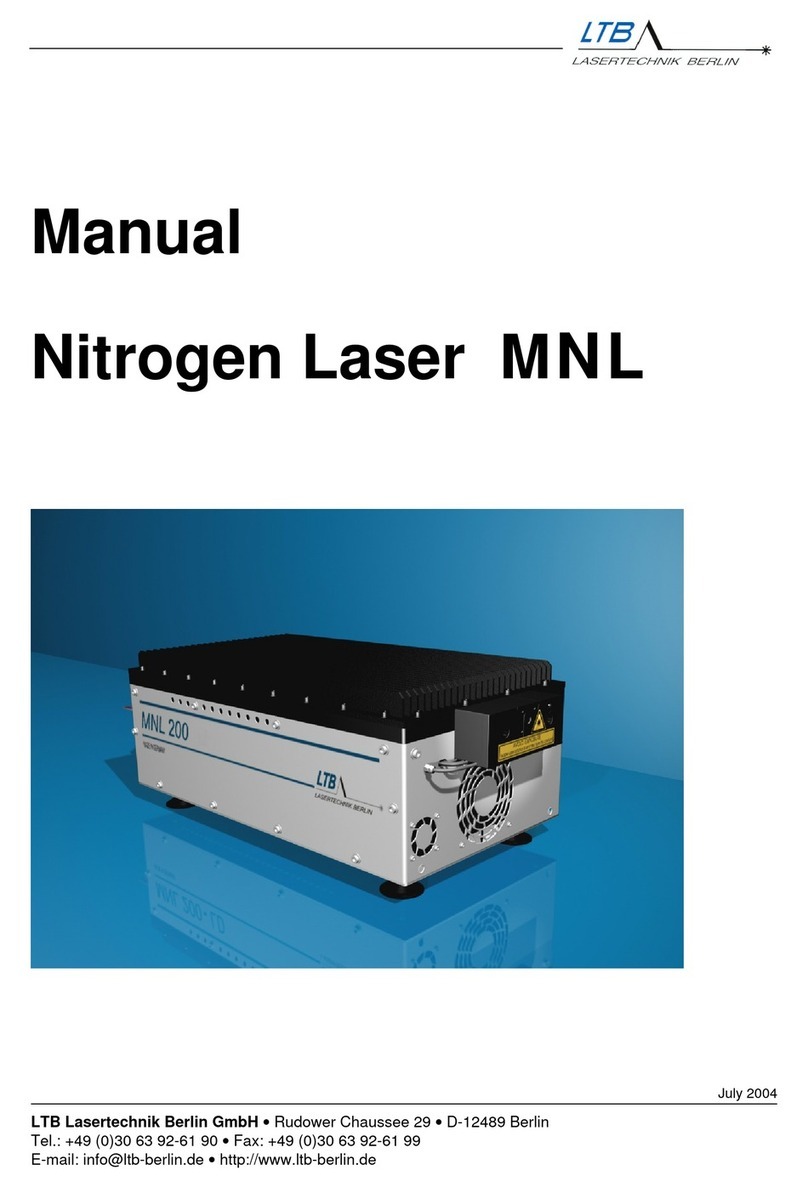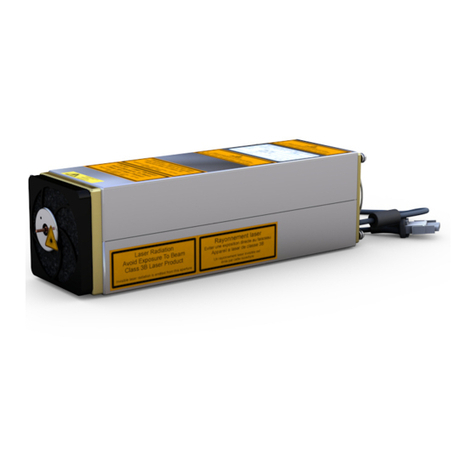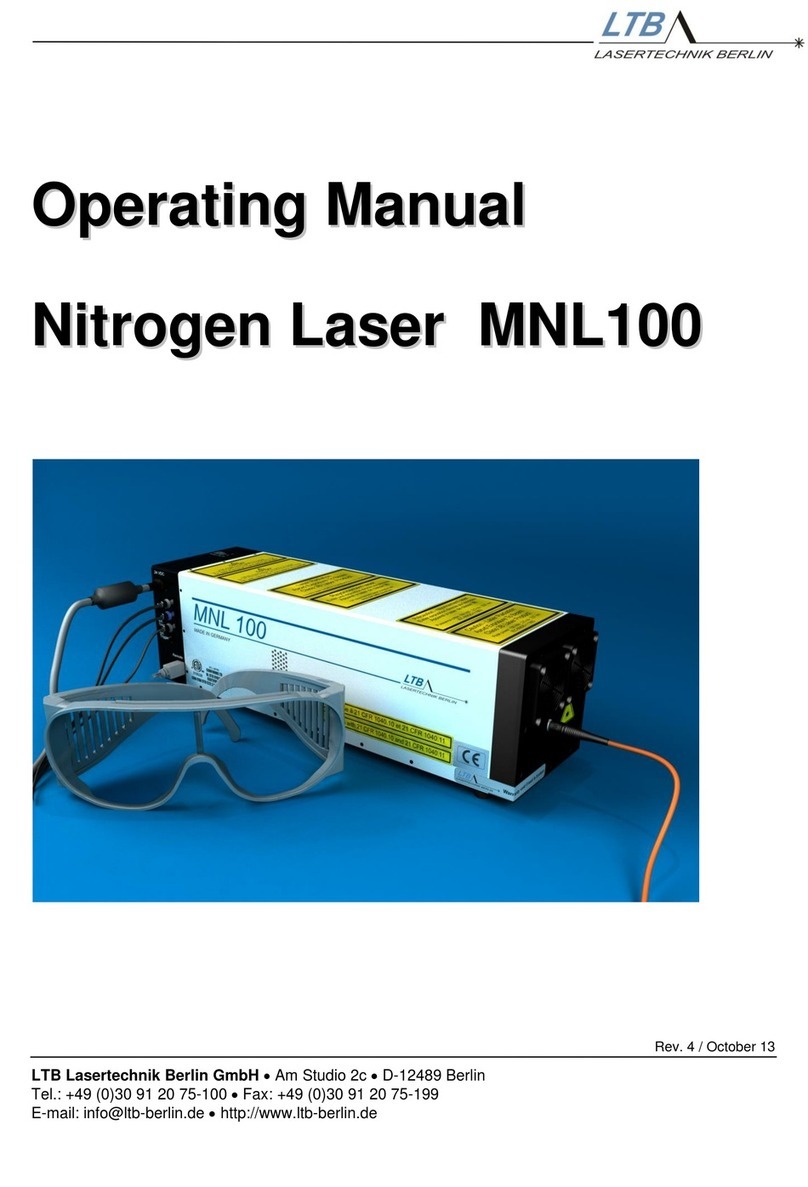
Operating Manual MNL 100 / MNL X00 Contents
Contents
1About this Operating Manual ................................................................................................................5
1.1 Contact manufacturer, Imprint, Copyright......................................................................................5
2Safety precautions .................................................................................................................................6
2.1 Invisible laser radiation...................................................................................................................6
2.2 High voltage up to 12 kV................................................................................................................7
2.3 Dangerous gases...........................................................................................................................7
2.4 Liability, Replacement parts...........................................................................................................7
3System requirements.............................................................................................................................8
3.1 Place and way of installation..........................................................................................................8
3.2 Electric requirements .....................................................................................................................9
3.3 Fuses..............................................................................................................................................9
3.4 Laser control, computer .................................................................................................................9
4Installation.............................................................................................................................................10
4.1 Acclimatizing the laser .................................................................................................................10
4.2 Installing the connection between laser and computer................................................................11
4.3 Installation of the user program MarathonControl........................................................................11
4.4 Remote key and remote socket ...................................................................................................11
4.4.1 The external remote circuit..............................................................................................12
4.4.2 Connecting external applications.....................................................................................12
5Operating the laser...............................................................................................................................13
5.1 Preparing for operation ................................................................................................................13
5.1.1 Remote key......................................................................................................................13
5.1.2 Connection establishment ...............................................................................................14
5.2 Starting laser operation................................................................................................................15
5.2.1 Enabling operation...........................................................................................................15
5.2.2 Beam Shutter...................................................................................................................16
5.2.3 Set the repetition rate and the number of pulses.............................................................17
5.2.4 Choosing your operation mode........................................................................................19
5.2.4.1 REPETITION ON................................................................................................ 20
5.2.4.2 BURST................................................................................................................ 20
5.2.4.3 EXT TRIGGER................................................................................................... 20
5.3 Switching off the laser..................................................................................................................21
5.3.1 Stopping laser operation..................................................................................................21
5.3.2 Switching off the laser......................................................................................................22
5.3.3 Break time automatic.......................................................................................................23
5.3.4 Closing the beam shutter.................................................................................................23
5.3.5 Protecting the laser..........................................................................................................23
6Optional Features.................................................................................................................................24
6.1 High voltage control .....................................................................................................................24
6.2 Energy measurement...................................................................................................................25






























